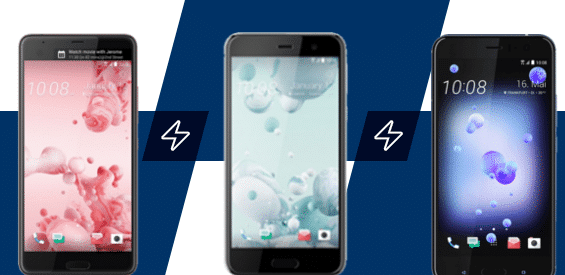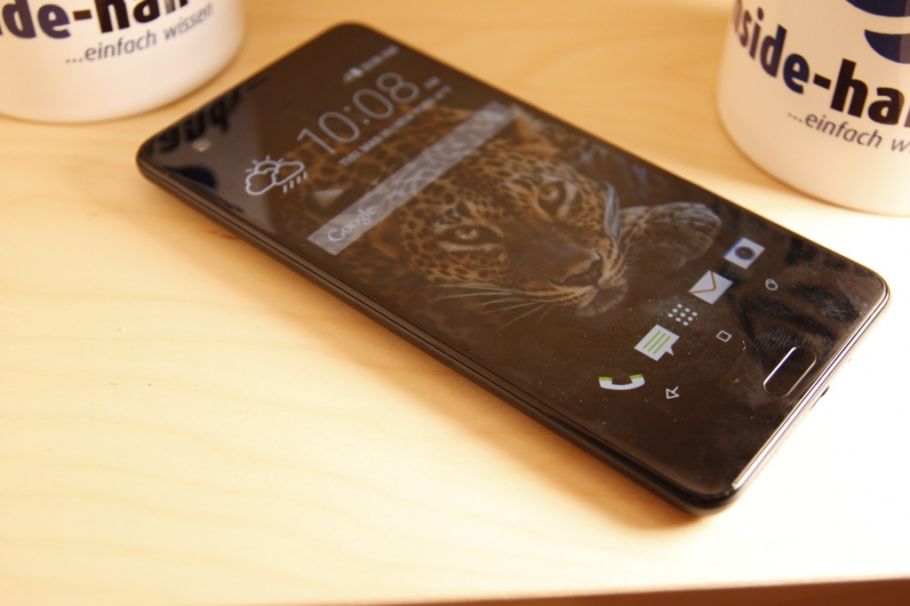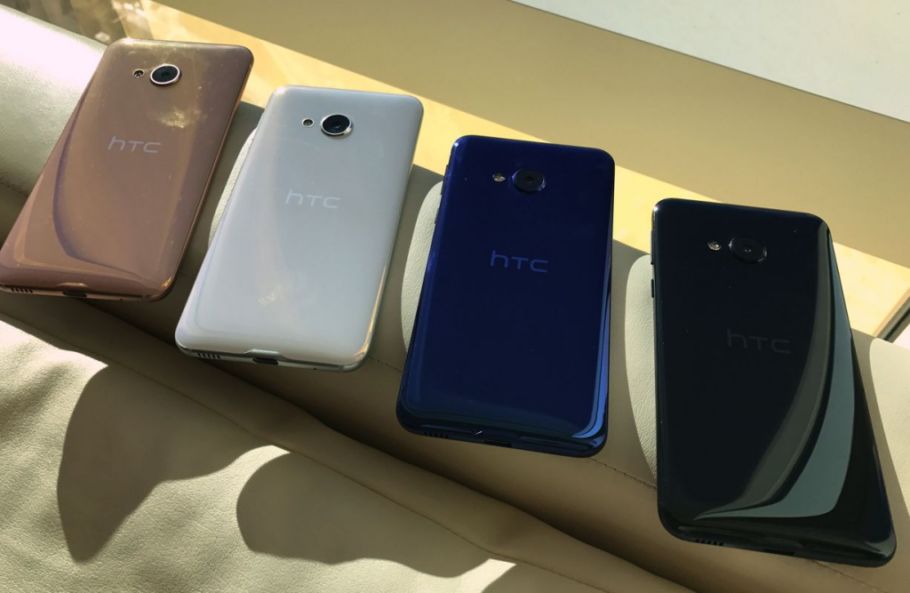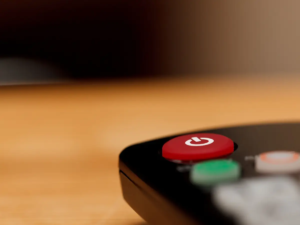While the HTC U11 will only hit the German market on June 1st, the two models U Play and U Ultra have already been available for a few months. Accordingly, the price of the devices has already decreased significantly in some cases. A comparison from inside-digital.de shows whether the new flagship is worth the additional expense.

TABLE OF CONTENTS
1 operating system
2 design
3 Display
4th perfomance
5 camera
6th LTE and WiFi
7th Storage space
8th IP certification
9 price
10 Conclusion
OPERATING SYSTEM
In terms of time, there are only three months between the German market launch of the dizygoti HTC U Play and HTC U Ultra and the new flagship HTC U11 . In addition, all three smartphones are high-end devices and were manufactured by the same electronics manufacturer. Nevertheless, there are gradations in terms of the operating system: The “bottom drawer”, the HTC U Play comes with Android 6.0 from the factory, the HTC U Ultra comes with Android 7.0 and the flagship HTC U11comes with the further development Android 7.1.1 on the market. However, if you consider the time difference between the models, it is almost certain that all three devices will always receive the same operating system version via update during their lifespan. This also applies to the installed surface HTC Sense. There are still inconsistencies with U Play: The MediaTek processor Helio- P10 is struggling with compatibility problems with the new Google interface.
DESIGN
All devices in the HTC-U series have a similar appearance. Both the oval home button / fingerprint sensor and the position of the mechanical buttons and the camera differ only minimally. In terms of size, however, the three upper-class devices represent a colorful heap. While the smallest model, the HTC U Play, has a height of just 146 millimeters and a width of almost 73 millimeters, the large twin, HTC U Ultra, offers 162 , 4 millimeters (height) and 79.8 millimeters (width). The current flagship, HTC U11, is the golden mean with a height of 154 millimeters and a width of 76 millimeters.
As far as the different color variants are concerned, only the U11 can continue the colorful metaphor. This is namely available in the colors black, white, silver, red and blue and can thus cover almost every taste. The playful U Play is rather boring in terms of the housing color and simply adds a blue variant to the “colors” black and white. However, if you prefer the big U Play, you have to be satisfied with a fairly manageable color selection (black and blue).
DISPLAY
The displays of the three HTC siblings are based on Schrödinger’s cat and at the same time are both very different and completely the same. The manufacturer relied on Super- LCD technology in 16: 9 format and gorilla glass protection for the installed technology . The resolution, display diagonal and pixel density, however, are all different. While the U Play, true to its chick role in the HTC U family, only has a Full HD display with 5.2 inches and a pixel density of 424 ppi, the new U11 offers a QHD panel with 5.5 inches and 534 ppi. The Taiwanese manufacturer also uses a QHD display for the U Ultra, but at 5.7 inches it is slightly larger and therefore offers a lower point density – 515 ppi.
PERFOMANCE
In the area of performance, all three devices differ significantly from each other, but the HTC U Play distances itself to a particularly large extent here. While the other two smartphones each offer a Snapdragon processor from Qualcomm, HTC uses a MediaTek Helio P10 motor with 8 cores, a clock frequency of up to 2 GHz and 3 GB of RAM in the U Play. This makes the device a bit weaker than the more expensive models. With the Snapdragon 821, the U Ultra offers one of the top processors from 2016. However, this was only equipped with four cores, but can boast a clock frequency of up to 2.15 GHz and 4 GB of RAM. The real high-flyer in the performance comparison, however, is the new HTC U11. Here the manufacturer not only installs the current flagship processor from Qualcomm, the Snapdragon 835 and equips the smartphone with 8 cores, a frequency of 2.45 GHz and 4 GB of RAM. This makes the device one of the current performance elite on the mobile communications market.

CAMERA
The U Play also shows the main camera as an outsider and presents a higher resolution than its HTC counterpart with 15.8 pixels. These each offer a resolution of 12.2 pixels. However, it must be noted that the other two models have significantly larger pixels than the U Play and will therefore produce better photos with less noise in poor lighting conditions. In addition, the video resolution of the cheaper model with 2.1 megapixels is lower than the values of the more expensive variants – 8.3 megapixels each. If you like and often record videos, you should invest more money here.
The f-number also improves in line with the rising price. The cheaper U Play offers a value of f / 2.0, while the more expensive U Ultra has an f / 1.8 and the U11 even an f / 1.7 aperture – the smaller the number, the larger the aperture. When it comes to the resolution of the front camera, however, the manufacturer makes no difference and gives all three smartphones 15.8 megapixels each.
LTE AND WIFI
All three HTC siblings support, among other things, the LTE frequency bands 1, 3, 7 and 20 used in Germany. From a technical point of view, the smartphones are therefore all well equipped for area-wide LTE reception. The associated speeds, however, show very large differences in some cases. While the U Play and U Ultra offer an upload speed of 50 Mbit / s, the speed of the HTC U11 is significantly higher at 75 Mbit / s. The download numbers differ even more: HTC U Play 300 Mbit / s, HTC U Ultra 600 Mbit / s and HTC U11 1,000 Mbit / s.
STORAGE SPACE
In terms of storage capacity, it is again evident that quality or hardware performance has its price. The HTC U Play only has 32 GB available to the user, while the other models have a capacity of 64 GB that is twice as high. Although the 32 GB will be sufficient for most users, it must be noted that the operating system also takes up part of the memory; the older U smartphones have around 10 GB each.
Furthermore, the possibility of expanding the storage capacity with a micro SD card has certain restrictions. This variant is available for all three cell phones (up to 2 terabytes), but users of the HTC U11 have to choose between a second SIM card and a micro SD card due to a hybrid compartment .
IP CERTIFICATION
In terms of dust and water protection, the HTC U11 is the clear winner with an IP67 certification. Many other manufacturers offer a higher degree of protection with IP68; However, since the other two HTC devices do not have any IP certification, they cannot dispute the well-deserved first place in this category for the U11.

PRICE
While the HTC U Ultra and U11 are both high-end devices, the U Play is in the middle class. This is also shown by the recommended retail price, which was originally 449 euros for the U Play and 749 euros for the other two devices. However, a few months have passed since then, so that the prices have changed significantly again. The U Play has gone through the biggest drop in prices and has currently even slipped below the EUR 300 price limit. The U Ultra, on the other hand, costs 553 euros even in the cheapest case and the recommended retail price for the HTC U11 corresponds to the current cost point – the smartphone will only appear on the German market on June 1st.
CONCLUSION
If you look at the three devices regardless of their price, the HTC U11 is the favorite, albeit not overly clear. It offers a more powerful processor, dual SIM function, longer battery life and IP certification. The HTC U Ultra achieves similar values, but is superior to the U11 in terms of attractiveness in terms of price and is therefore currently the better variant. Ultimately, the user has to decide for himself whether he would like to spend another 200 euros on the “additional extras”. The U Play, on the other hand, is significantly weaker, but also significantly cheaper than its rivals. So if you have the necessary change, you should choose one of the more expensive models; For those with a smaller wallet, however, the HTC U Play is a good alternative.


